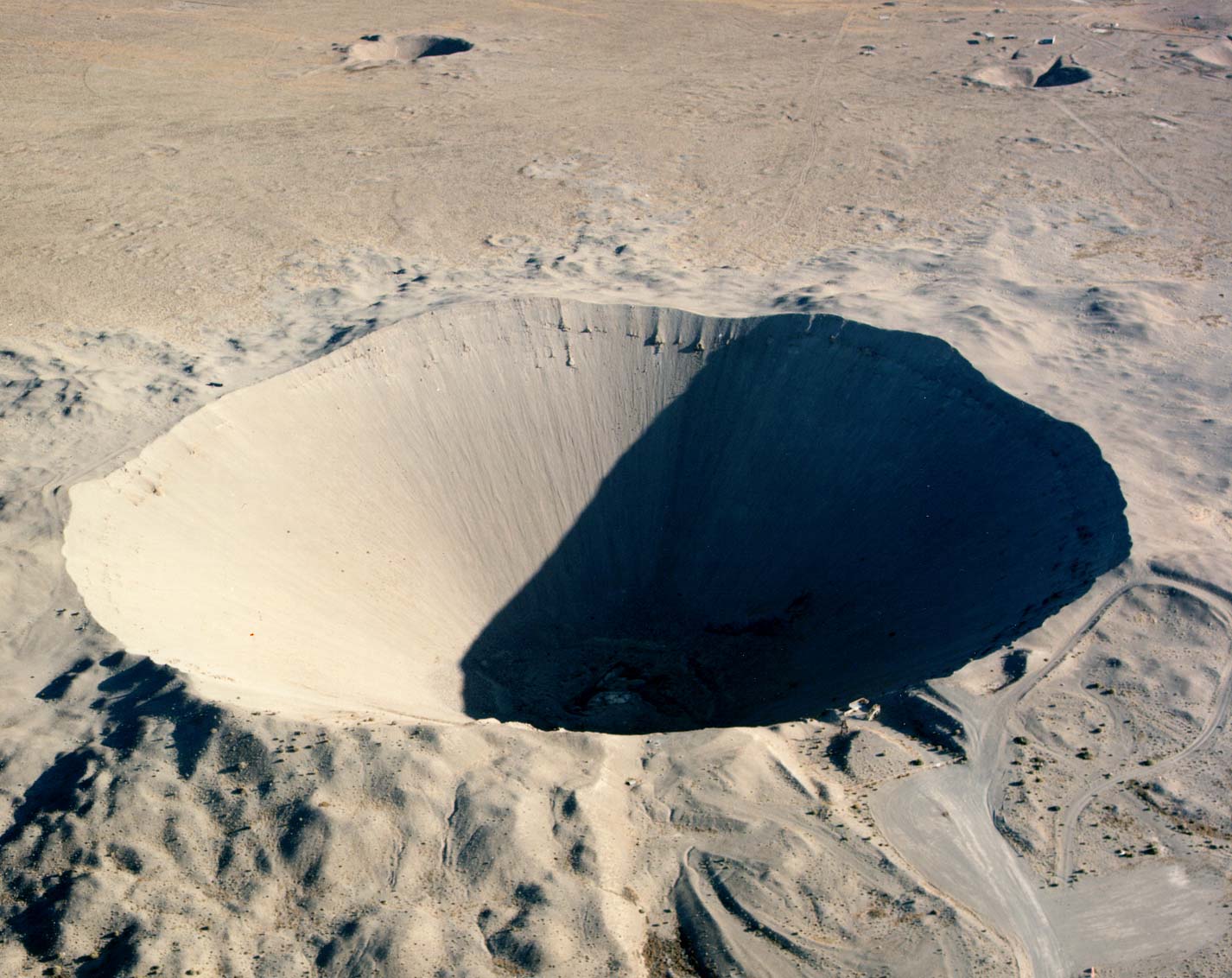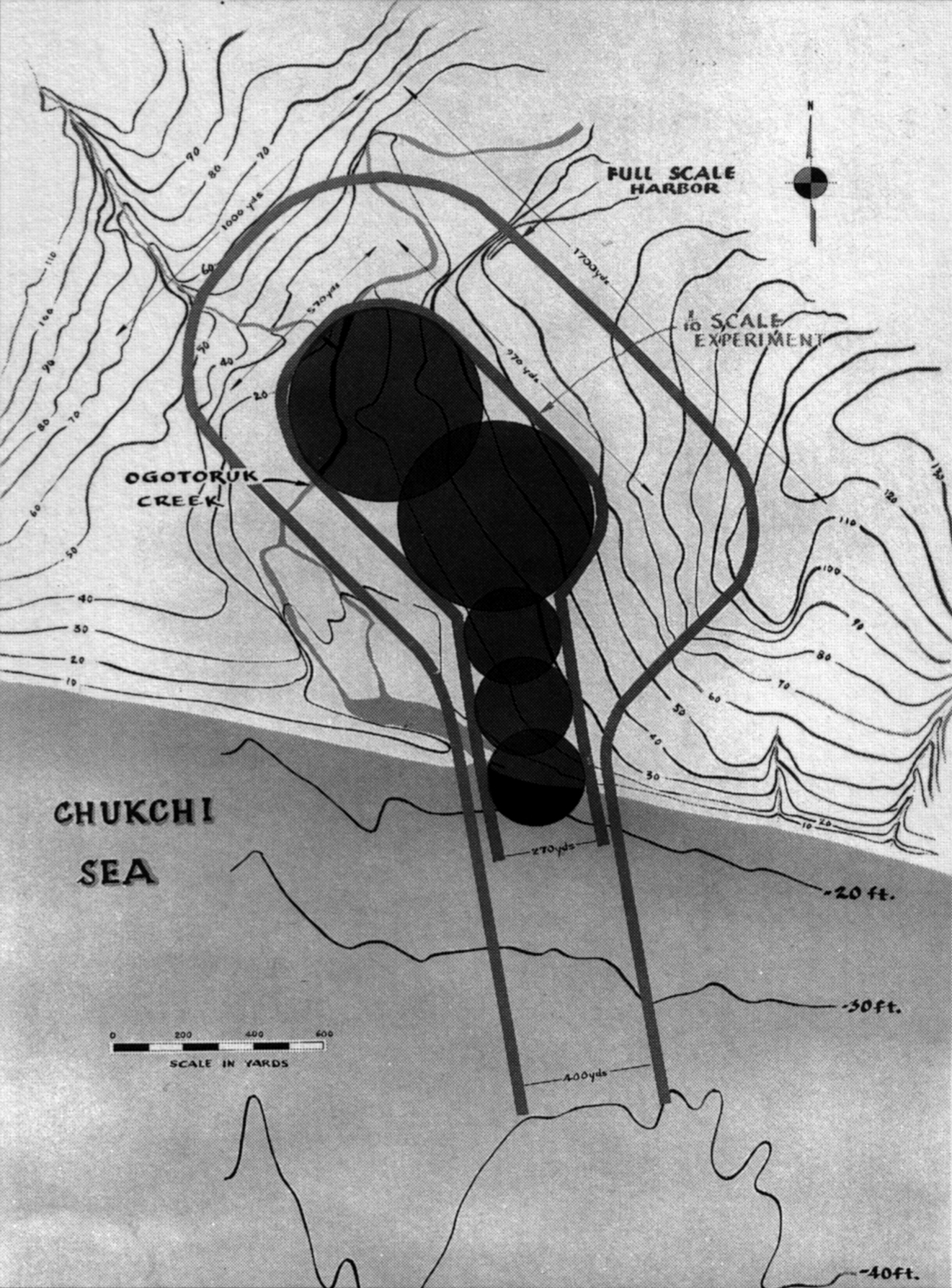|
Peaceful Nuclear Explosions
Peaceful nuclear explosions (PNEs) are nuclear explosions conducted for non-military purposes. Proposed uses include excavation for the building of canals and harbours, electrical generation, the use of nuclear explosions to drive spacecraft, and as a form of wide-area fracking. PNEs were an area of some research from the late 1950s into the 1980s, primarily in the United States and Soviet Union. In the U.S., a series of tests were carried out under Project Plowshare. Some of the ideas considered included blasting a new Panama Canal, constructing the proposed Nicaragua Canal, the use of underground explosions to create electricity (project PACER), and a variety of mining, geological, and radionuclide studies. The largest of the excavation tests was carried out in the Sedan nuclear test in 1962, which released large amounts of radioactive gas into the air. By the late 1960s, public opposition to Plowshare was increasing, and a 1970s study of the economics of the concepts suggested t ... [...More Info...] [...Related Items...] OR: [Wikipedia] [Google] [Baidu] |
Nuclear Explosion
A nuclear explosion is an explosion that occurs as a result of the rapid release of energy from a high-speed nuclear reaction. The driving reaction may be nuclear fission or nuclear fusion or a multi-stage cascading combination of the two, though to date all fusion-based weapons have used a fission device to initiate fusion, and a pure fusion weapon remains a hypothetical device. Nuclear explosions are used in nuclear weapons and nuclear testing. Atmospheric nuclear explosions are associated with mushroom clouds, although mushroom clouds can occur with large chemical explosions. It is possible to have an air-burst nuclear explosion without those clouds. Nuclear explosions produce radiation and radioactive debris that is harmful to humans and can cause moderate to severe skin burns, eye damage, radiation sickness, radiation-induced cancer and possible death depending on how far from the blast radius a person is. Nuclear explosions can also have detrimental effects on the ... [...More Info...] [...Related Items...] OR: [Wikipedia] [Google] [Baidu] |
Asteroid Impact Avoidance
Asteroid impact avoidance comprises the methods by which near-Earth objects (NEO) on a potential collision course with Earth could be diverted away, preventing destructive impact events. An impact by a sufficiently large asteroid or other NEOs would cause, depending on its impact location, massive tsunamis or multiple firestorms, and an impact winter caused by the sunlight-blocking effect of large quantities of pulverized rock dust and other debris placed into the stratosphere. A collision 66 million years ago between the Earth and an object approximately wide is thought to have produced the Chicxulub crater and triggered the Cretaceous–Paleogene extinction event that is understood by the scientific community to have caused the extinction of all non-avian dinosaurs. While the chances of a major collision are low in the near term, it is a near-certainty that one will happen eventually unless defensive measures are taken. Astronomical events—such as the Shoemaker-Levy 9 imp ... [...More Info...] [...Related Items...] OR: [Wikipedia] [Google] [Baidu] |
Project Chariot
Project Chariot was a 1958 US Atomic Energy Commission proposal to construct an artificial harbor at Cape Thompson on the North Slope of the U.S. state of Alaska by burying and detonating a string of nuclear devices. History The project originated as part of Operation Plowshare, a research project to find peaceful uses for nuclear explosives. The plan was championed by Edward Teller, who traveled throughout the state touting the harbor as an important economic development for America's newest state. Alaskan political leaders, newspaper editors, the state university's president, even church groups all rallied in support of the massive detonation. Congress had passed the Alaska Statehood Act just a few weeks before. An editorial in the July 24, 1960 ''Fairbanks News-Miner'' said, "We think the holding of a huge nuclear blast in Alaska would be a fitting overture to the new era which is opening for our state." Opposition came from the Inupiaq Alaska Native village of Point Ho ... [...More Info...] [...Related Items...] OR: [Wikipedia] [Google] [Baidu] |
Swords To Ploughshares
Swords to ploughshares (or plowshares) is a concept in which military weapons or technologies are converted for peaceful civilian applications. The phrase originates from the Book of Isaiah chapter 2: The ''ploughshare'' ( ''’êṯ'', also translated '' coulter'') is often used to symbolize creative tools that benefit humankind, as opposed to destructive tools of war, symbolized by the ''sword'' ( ''ḥereḇ''), a similar sharp metal tool with an arguably opposite use. In addition to the original Biblical Messianic intent, the expression "beat swords into ploughshares" has been used by disparate social and political groups. An ongoing example as of 2013 is the dismantling of nuclear weapons and the use of their contents as fuel in civilian electric power stations, the Megatons to Megawatts Program. Nuclear fission development, originally accelerated for World War II weapons needs, has been applied to many civilian purposes since its use at Hiroshima and Nagasaki, includi ... [...More Info...] [...Related Items...] OR: [Wikipedia] [Google] [Baidu] |
Book Of Micah
The Book of Micah is the sixth of the Twelve Minor Prophets, twelve minor prophets in the Hebrew Bible. Ostensibly, it records the sayings of Micah (prophet), Micah, whose name is ''Mikayahu'' ( he, מִיכָיָ֫הוּ), meaning "Who is like Yahweh?", an 8th-century BCE prophet from the village of Moresheth-Gath, Moresheth in kingdom of Judah, Judah (Hebrew name from the opening verse: מיכה המרשתי). The book has three major divisions, chapters 1–2, 3–5 and 6–7, each introduced by the word "Hear," with a pattern of alternating announcements of doom and expressions of hope within each division. Micah reproaches unjust leaders, defends the rights of the poor against the plutocracy, rich and powerful; while looking forward to a world at peace centered on Zion under the leadership of a new Davidic monarch.Sweeney (2000), pp. 341–42 While the book is relatively short, it includes lament (1.8–16; 7.8–10), theophany (1.3–4), hymnic prayer of petition and confid ... [...More Info...] [...Related Items...] OR: [Wikipedia] [Google] [Baidu] |
Nuclear Explosive
A nuclear explosive is an explosive device that derives its energy from nuclear reactions. Almost all nuclear explosive devices that have been designed and produced are nuclear weapons intended for warfare. Other, non-warfare, applications for nuclear explosives have occasionally been proposed. For example, nuclear pulse propulsion is a form of spacecraft propulsion that would use nuclear explosives to provide impulse to a spacecraft. A similar application is the proposal to use nuclear explosives for asteroid deflection. From 1958 to 1965 the United States government ran a project to design a nuclear explosive powered nuclear pulse rocket called Project Orion. Never built, this vessel would use repeated nuclear explosions to propel itself and was considered surprisingly practical. It is thought to be a feasible design for interstellar travel. Nuclear explosives were once considered for use in large-scale excavation. A nuclear explosion could be used to create a harbor, or a m ... [...More Info...] [...Related Items...] OR: [Wikipedia] [Google] [Baidu] |
Operation Plowshare
Project Plowshare was the overall United States program for the development of techniques to use nuclear explosives for peaceful construction purposes. The program was organized in June 1957 as part of the worldwide Atoms for Peace efforts. As part of the program, 31 nuclear warheads were detonated in 27 separate tests. A similar program was carried out in the Soviet Union under the name Nuclear Explosions for the National Economy. Successful demonstrations of non-combat uses for nuclear explosives include rock blasting, stimulation of tight gas, chemical element manufacture, unlocking some of the mysteries of the R-process of stellar nucleosynthesis and probing the composition of the Earth's deep crust, creating reflection seismology vibroseis data which has helped geologists and follow-on mining company prospecting. The project's uncharacteristically large and atmospherically vented Sedan nuclear test also led geologists to determine that Barringer crater was formed as a ... [...More Info...] [...Related Items...] OR: [Wikipedia] [Google] [Baidu] |
Project Chariot Plans
A project is any undertaking, carried out individually or collaboratively and possibly involving research or design, that is carefully planned to achieve a particular goal. An alternative view sees a project managerialism, managerially as a sequence of events: a "set of interrelated tasks to be executed over a fixed period and within certain cost and other limitations". A project may be a temporary (rather than a permanent) social system (work systems, work system), possibly staffed by teams (within or across organizations) to accomplish particular Task (project management), tasks under Time limit, time constraints. A project may form a part of wider programme management or function as an ''ad hoc'' system. Note that open-source software "projects" or artists' musical "projects" (for example) may lack defined team-membership, precise planning and/or time-limited durations. Overview The word ''project'' comes from the Latin word ''projectum'' from the Latin verb ''proicere' ... [...More Info...] [...Related Items...] OR: [Wikipedia] [Google] [Baidu] |
Seismic
Seismology (; from Ancient Greek σεισμός (''seismós'') meaning "earthquake" and -λογία (''-logía'') meaning "study of") is the scientific study of earthquakes and the propagation of elastic waves through the Earth or through other planet-like bodies. It also includes studies of earthquake environmental effects such as tsunamis as well as diverse seismic sources such as volcanic, tectonic, glacial, fluvial, oceanic, atmospheric, and artificial processes such as explosions. A related field that uses geology to infer information regarding past earthquakes is paleoseismology. A recording of Earth motion as a function of time is called a seismogram. A seismologist is a scientist who does research in seismology. History Scholarly interest in earthquakes can be traced back to antiquity. Early speculations on the natural causes of earthquakes were included in the writings of Thales of Miletus (c. 585 BCE), Anaximenes of Miletus (c. 550 BCE), Aristotle (c. 340 BCE), and Zhan ... [...More Info...] [...Related Items...] OR: [Wikipedia] [Google] [Baidu] |
Hydrodynamic
In physics and engineering, fluid dynamics is a subdiscipline of fluid mechanics that describes the flow of fluids—liquids and gases. It has several subdisciplines, including ''aerodynamics'' (the study of air and other gases in motion) and hydrodynamics (the study of liquids in motion). Fluid dynamics has a wide range of applications, including calculating forces and moment (physics), moments on aircraft, determining the mass flow rate of petroleum through pipeline transport, pipelines, weather forecasting, predicting weather patterns, understanding nebulae in interstellar space and Nuclear weapon design, modelling fission weapon detonation. Fluid dynamics offers a systematic structure—which underlies these practical disciplines—that embraces empirical and semi-empirical laws derived from flow measurement and used to solve practical problems. The solution to a fluid dynamics problem typically involves the calculation of various properties of the fluid, such as flow velo ... [...More Info...] [...Related Items...] OR: [Wikipedia] [Google] [Baidu] |
Threshold Test Ban Treaty
The Treaty on the Limitation of Underground Nuclear Weapon Tests, also known as the Threshold Test Ban Treaty (TTBT), was signed in July 1974 by the United States and Soviet Union. It establishes a nuclear "threshold" by prohibiting nuclear tests of devices having a yield exceeding 150 kilotons after March 31, 1976. The threshold is militarily important since it removes the possibility of testing new or existing nuclear weapons going beyond the fractional-megaton range. In the 1960s, many tests above 150 kilotons were conducted by both countries. The mutual restraint imposed by the Treaty reduced the explosive force of new nuclear warheads and bombs which could otherwise be tested for weapons systems. Of particular significance was the relationship between explosive power of reliable, tested warheads and first-strike capability. Agreement on the Threshold Test Ban Treaty was reached during the summit meeting in Moscow in July 1974. Ratification did not occur until 1990 for a numb ... [...More Info...] [...Related Items...] OR: [Wikipedia] [Google] [Baidu] |
Non-Proliferation Treaty
The Treaty on the Non-Proliferation of Nuclear Weapons, commonly known as the Non-Proliferation Treaty or NPT, is an international treaty whose objective is to prevent the spread of nuclear weapons and weapons technology, to promote cooperation in the peaceful uses of nuclear energy, and to further the goal of achieving nuclear disarmament and general and complete disarmament. Between 1965 and 1968, the treaty was negotiated by the Eighteen Nation Committee on Disarmament, a United Nations-sponsored organization based in Geneva, Switzerland. Opened for signature in 1968, the treaty entered into force in 1970. As required by the text, after twenty-five years, NPT Parties met in May 1995 and agreed to extend the treaty indefinitely. More countries are parties to the NPT than any other arms limitation and disarmament agreement, a testament to the treaty's significance. As of August 2016, 191 states have become parties to the treaty, though North Korea, which acceded in 1985 but ne ... [...More Info...] [...Related Items...] OR: [Wikipedia] [Google] [Baidu] |


.jpg)




